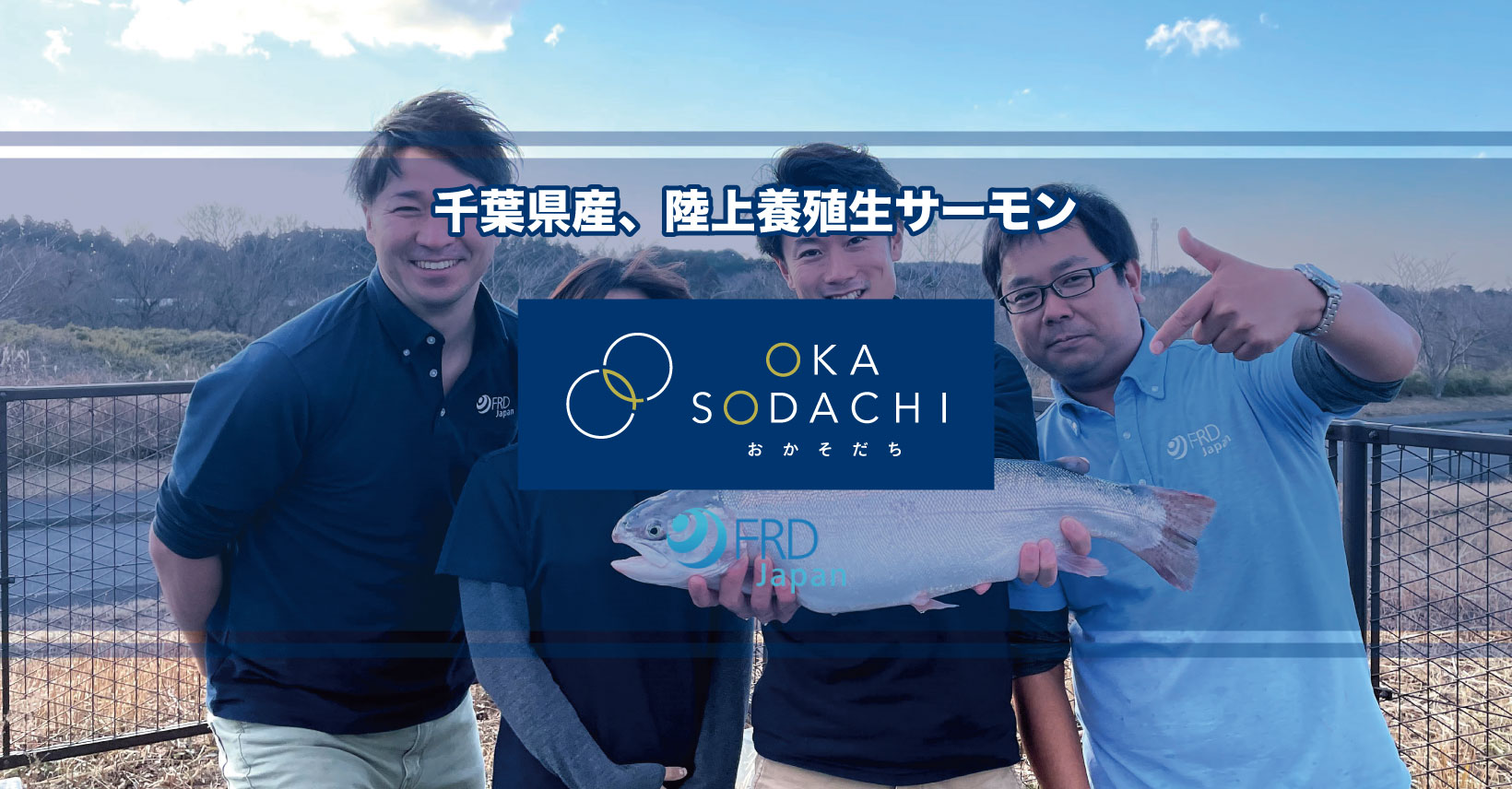Regarding land-based aquaculture, including scallops, which are newly participating
Scallop Farming Youtube
https://www.youtube.com/results?search_query=%E3%81%BB%E3%81%9F%E3%81%A6%E9%A4%8A%E6%AE%96
https://www.youtube.com/results?search_query=%E3%81%BB%E3%81%9F%E3%81%A6%E9%A4%8A%E6%AE%96
Land-based aquaculture has become a common topic recently.
Land-based aquaculture is the construction of artificial tanks on land to cultivate fish and shellfish. Marine aquaculture is difficult for new entrants due to demarcated fishing rights, and there are many restrictions. In that respect, it can be said that land-based aquaculture is easier for newcomers to enter than marine aquaculture.
The greatest advantage of land-based aquaculture is that it is possible to artificially manage fisheries and water currents, making it less susceptible to the effects of the natural environment, and facilitating smart fishing.
In land-based aquaculture, the water in the breeding tank is drawn from nearby seas or rivers and constantly poured into it. There are two types of "closed circulation type".
The free-flowing type requires facilities to be constructed in coastal areas or near rivers where it is possible to pull in nearby, but since the necessary facilities are few, the initial investment cost is lower than that of the closed circulation type. However, since it is more susceptible to the external environment than the closed type, it is necessary to respond immediately if the water quality of the sea or river where it is pulled in changes. It is also necessary to take measures against diseases such as fish diseases derived from the external environment.
The closed circulation system has no restrictions on the location of the facility, and basically can be operated anywhere as long as the facility is prepared in any area.
Since breeding water is reused, it also has the advantage of reducing the environmental burden caused by leftover food, excrement, and death. Almost all breeding environments are managed mechanically, allowing us to produce a variety of seafood regardless of the season or location.
On the other hand, the necessary facilities are diverse, and the running costs such as fuel costs and electricity costs to maintain the water temperature are high, so the overall cost is still high.
↓ Land-farmed salmon from “FRD Japan”, which is run by former Mitsui & Co., Ltd., is famous.











































0 コメント:
コメントを投稿